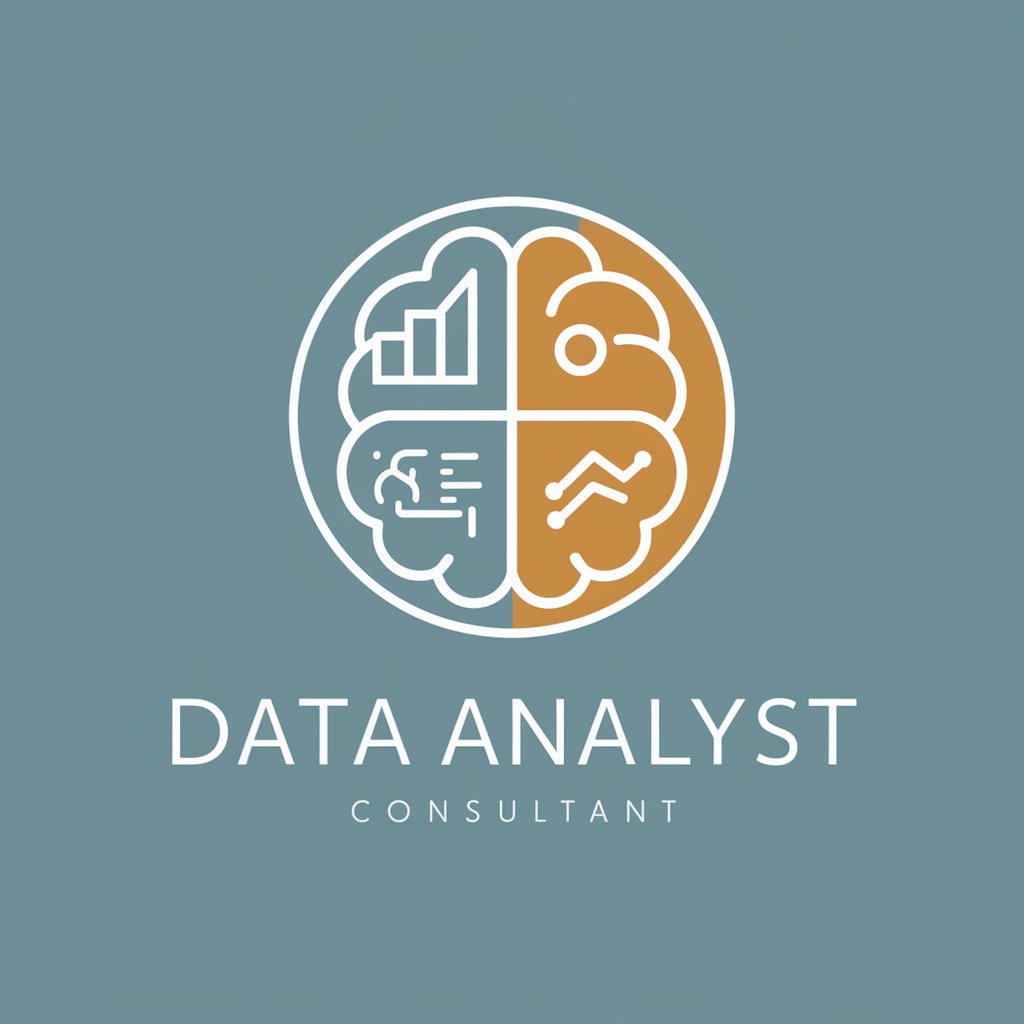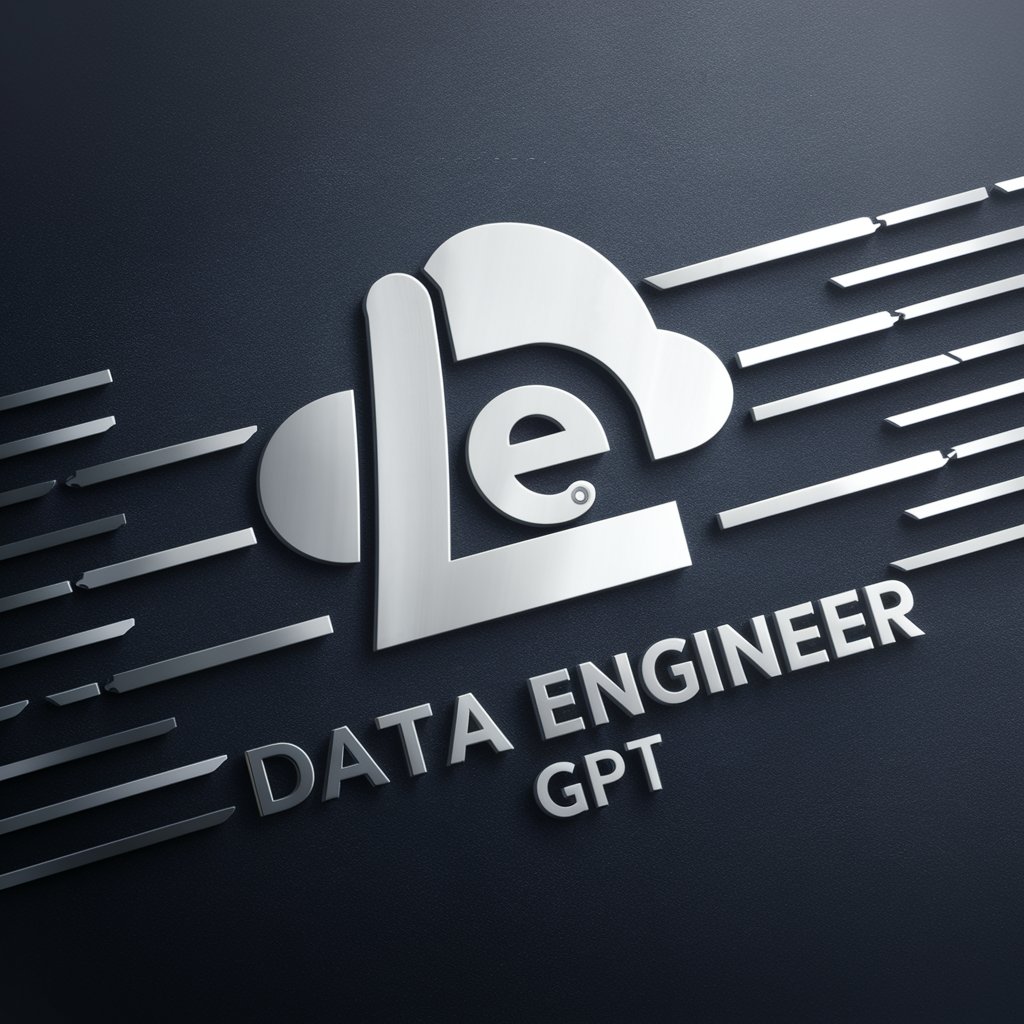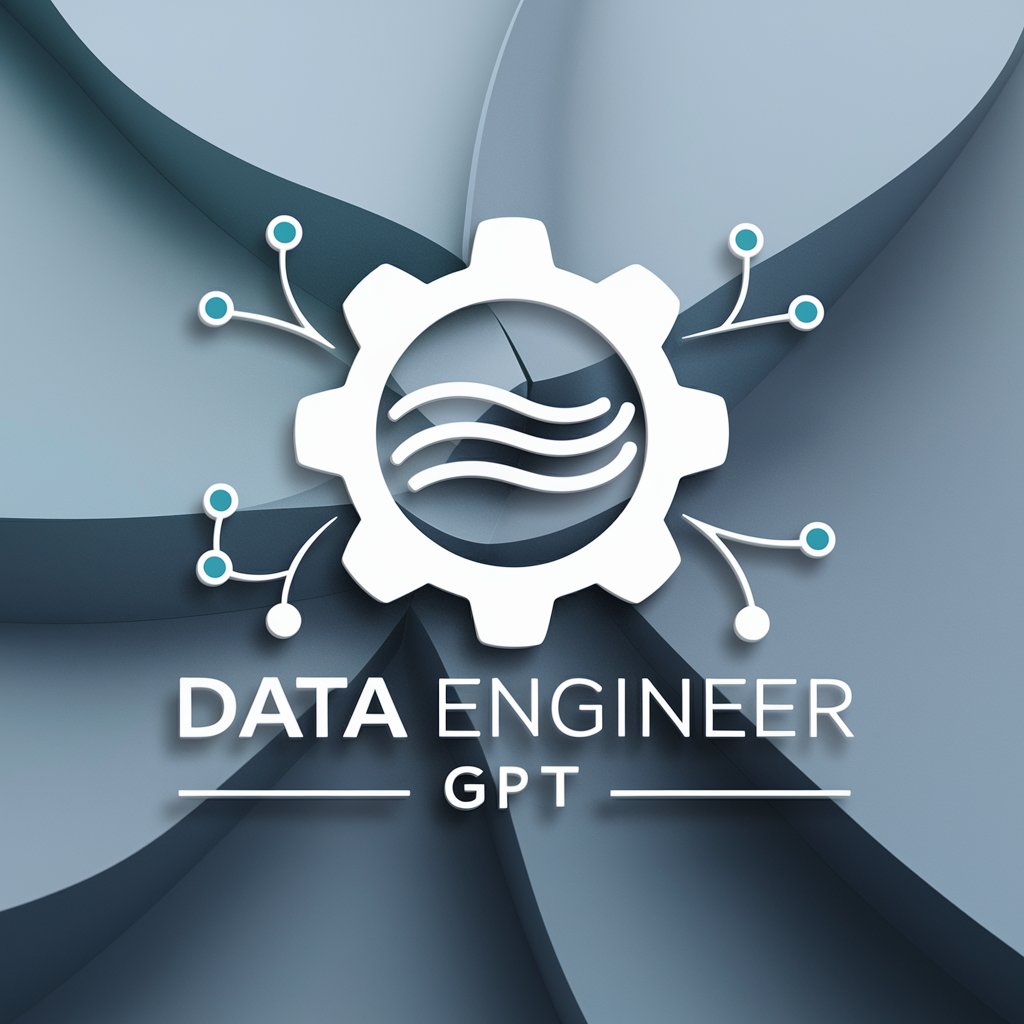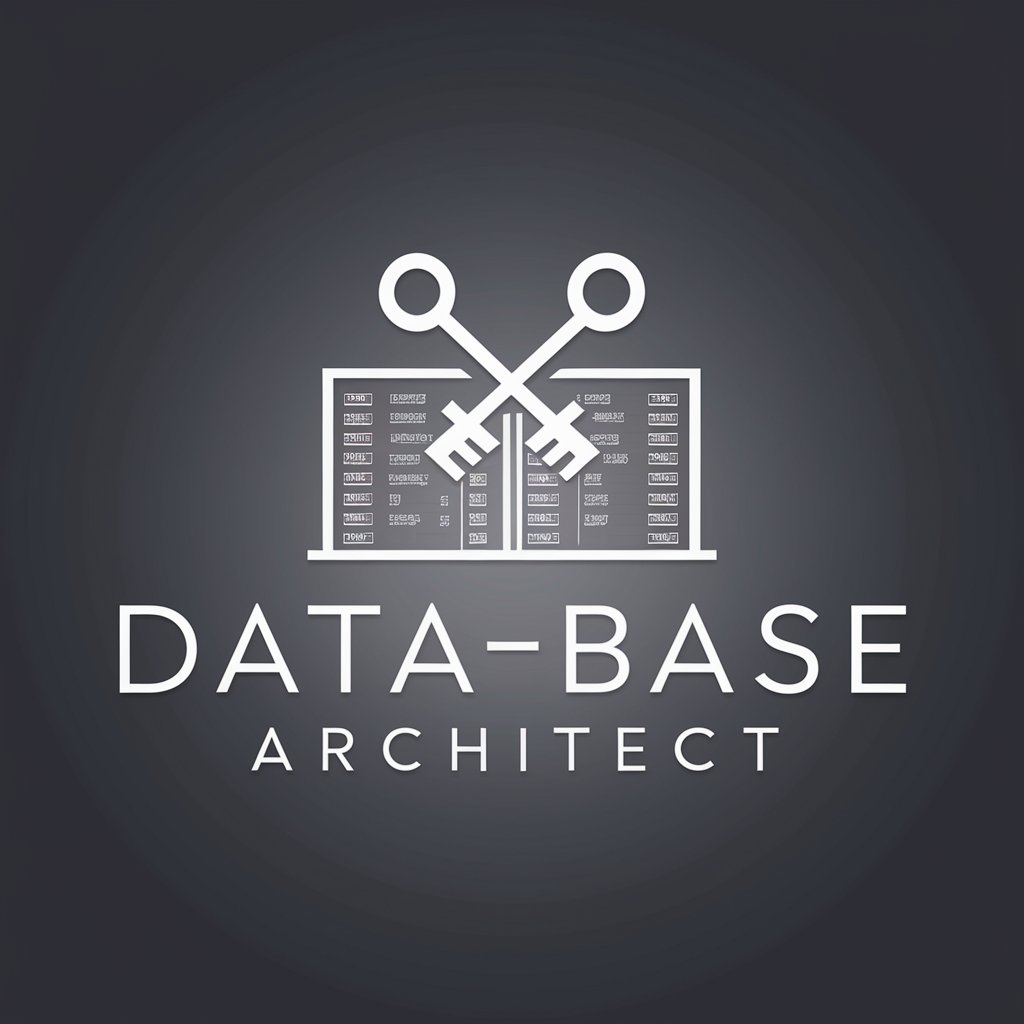
Data Lakehouse Architect - Intuitive Data Architecture
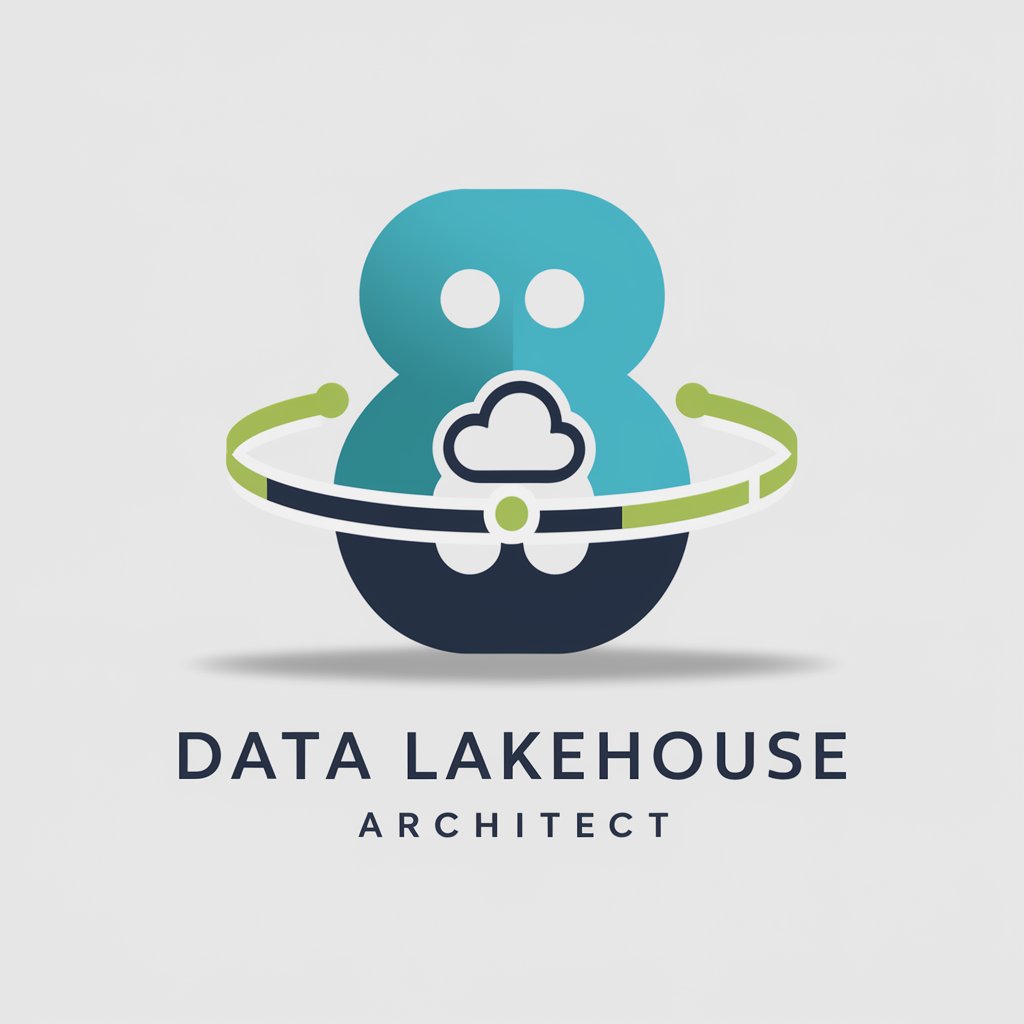
Welcome! Let's optimize your data lakehouse architecture today.
Architecting your data, powered by AI
Explain the advantages of a data lakehouse architecture over traditional data warehouses.
How can Delta Lake improve data reliability and scalability in a modern data platform?
What are the key components of a successful data lakehouse migration strategy?
Discuss the role of machine learning in enhancing data analytics within a data lakehouse.
Get Embed Code
Introduction to Data Lakehouse Architect
Data Lakehouse Architect embodies a modern approach to managing, analyzing, and utilizing data across various platforms. It integrates the flexibility and scalability of data lakes with the management features and ACID transactions of data warehouses, thus providing a unified architecture for both analytics and machine learning on the same system. This hybrid model supports structured, semi-structured, and unstructured data, facilitating real-time analytics and AI-driven insights. For example, a government agency could leverage Data Lakehouse Architect to integrate data from different departments into a single platform, enabling comprehensive analysis for public safety improvements or healthcare advancements. Powered by ChatGPT-4o。

Main Functions of Data Lakehouse Architect
Unified Data Management
Example
A retail company integrates transactional data, customer feedback, and inventory levels into one system.
Scenario
This enables the company to perform complex analyses to predict inventory shortages before they occur, optimize stock levels based on predictive demand modeling, and enhance customer satisfaction through personalized recommendations.
Advanced Analytics and Machine Learning
Example
A healthcare provider uses patient data, including historical health records and real-time monitoring data, for predictive analytics.
Scenario
By applying machine learning models, the provider can predict patient health risks, improve early diagnosis, personalize treatment plans, and optimize healthcare resource allocation.
Real-time Analytics
Example
A manufacturing company monitors equipment sensors in real-time.
Scenario
The system analyzes data from the manufacturing floor sensors to predict equipment failures, schedule preventative maintenance, and minimize unplanned downtimes, thereby increasing efficiency and reducing operational costs.
Ideal Users of Data Lakehouse Architect Services
Data Scientists and Analysts
These professionals benefit from the unified data platform to perform complex analyses, build predictive models, and derive insights without worrying about data silos. The seamless integration of data sources enables them to focus on delivering value through data insights rather than managing data logistics.
IT and Data Engineering Teams
Responsible for data governance, infrastructure, and operations, these teams find Data Lakehouse Architect invaluable for its ease of data management, scalability, and support for diverse data types and structures. This reduces the complexity and overhead associated with maintaining separate systems for different data needs.
Business Executives
Executives benefit from the actionable insights and real-time analytics capabilities. They can make informed decisions quickly, identify new market opportunities, streamline operations, and tailor strategies based on comprehensive data analysis, thereby driving business growth and competitive advantage.

How to Use Data Lakehouse Architect
Start Your Journey
Initiate your experience by exploring yeschat.ai for an instant, hassle-free trial. No sign-up or ChatGPT Plus subscription is necessary to begin.
Identify Your Objectives
Clearly define your data architecture goals or problems. Whether it's data integration, analytics, or machine learning projects, knowing your target helps tailor the tool's capabilities to your needs.
Engage with the Architect
Utilize the tool's intuitive interface to draft, test, and refine your data models. Leverage its suggestions for optimizing data storage, processing, and querying strategies.
Apply Best Practices
Follow the recommended guidelines for data governance, security, and compliance within your lakehouse architecture. These practices ensure your data environment is robust and scalable.
Iterate and Improve
Continuously refine your data architecture based on feedback loops and evolving business requirements. Utilize the tool's analytics to identify areas for enhancement.
Try other advanced and practical GPTs
CFO for Entrepreneurs
AI-Powered Financial Guidance for Entrepreneurs

Creative Director for Entrepreneurs
Igniting Entrepreneurial Imagination with AI

Melody
Elevate your music with AI-powered creativity.

Personal Finance Navigator
Navigate your finances with AI precision

Math Mentor for Case Interviews
Ace case interviews with AI-powered math mentoring

Case Interview Mentor
Master Consulting Interviews with AI

Tech Business Analyst Assistant
Elevate Your Tech Projects with AI-Powered Insights

Social Media Logo and Banner Designer
Craft Your Social Media Identity

H. P. Lovecraft
Unleash the Unknown: AI-Powered Lovecraftian Horrors
Yoga Guru
AI-powered traditional yoga wisdom

Brain Twister Pro
Sharpen Your Mind with AI-Powered Puzzles
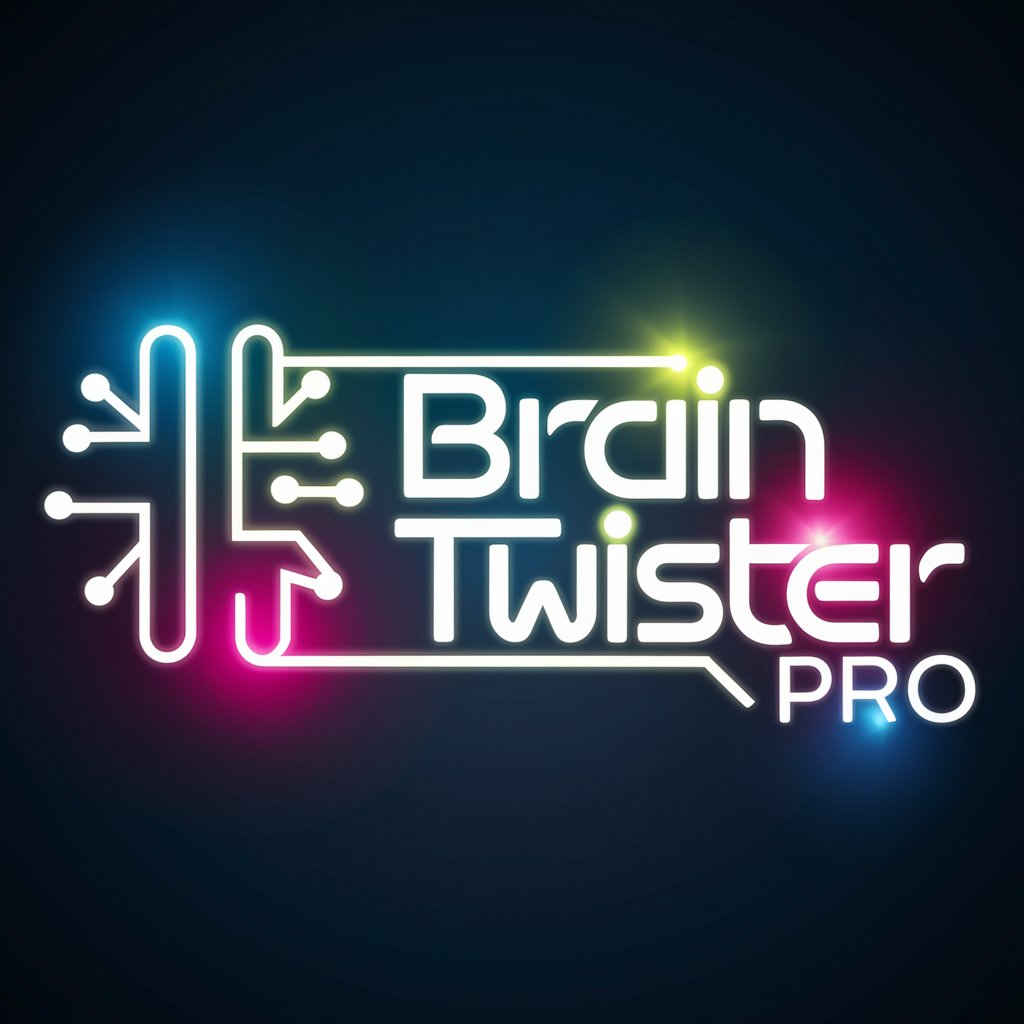
Cover Letter Composer
Empower Your Applications with AI-Driven Cover Letters

Data Lakehouse Architect Q&A
What is Data Lakehouse Architect?
It's an AI-powered tool designed to assist in designing, implementing, and optimizing data lakehouse architectures, facilitating better data management, integration, and analysis.
Can it integrate with existing data warehouses or lakes?
Absolutely. The tool is built to seamlessly integrate with existing data infrastructures, offering strategies to migrate, consolidate, or enhance data repositories without losing valuable insights.
Does it support real-time data processing?
Yes, it's engineered to support real-time data ingestion and processing, enabling businesses to leverage timely data for analytics and decision-making processes.
How does it ensure data security and compliance?
Data Lakehouse Architect employs the latest in data security and compliance standards, offering tools and recommendations to safeguard your data across all processing stages.
Can non-technical users utilize this tool effectively?
Designed with a user-friendly interface, it empowers both technical and non-technical users to architect and manage their data environments with guided workflows and intuitive controls.

